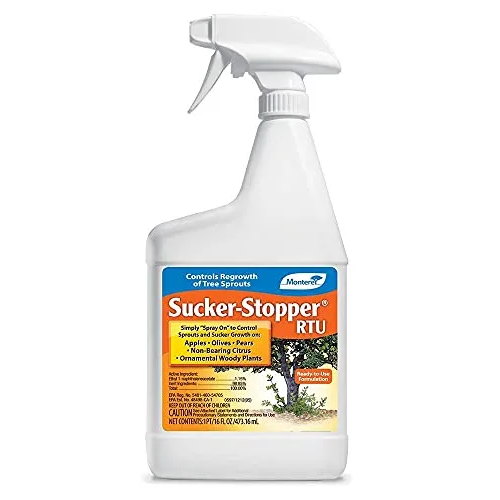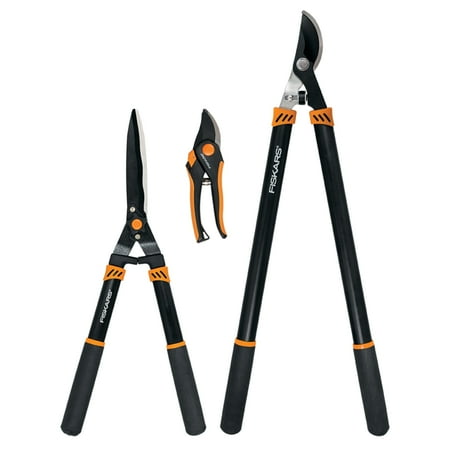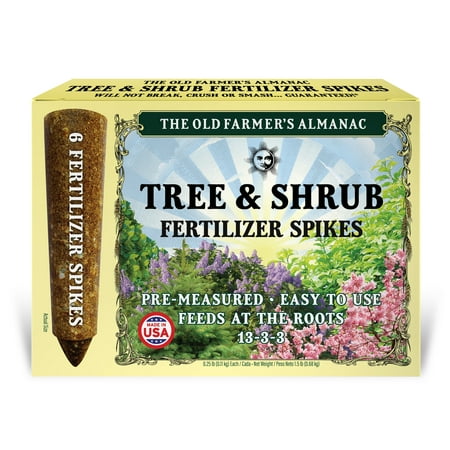October is the ideal time for this 1 pruning task that can help your trees survive winter
Keep your trees healthy and controlled by removing suckers this month


October is not the best time to prune lots of trees, but there is one job you can quickly do this month that will benefit many popular backyard trees. That is to remove suckers before they get too large.
Suckers are vigorous, upright stems often seen growing around the base of a tree. They can appear for various reasons. Some are the result of grafts on ornamental or fruit trees, while others may emerge due to damage, and some trees simply sucker prolifically. No matter why they appear, suckers are troublesome and are best removed quickly. They drain nutrients, and removing them in the fall helps the tree conserve energy to get them through the winter.
Part of knowing when to prune trees is understanding the best time of year for large-scale trimming and shaping. But there are smaller jobs you can do outside of that window, including removing dead and damaged branches and suckers. If you haven't removed them so far this year, then fall is a great time to pop outside and quickly trim off these unwanted shoots. Trust me, your trees will thank you for doing it.
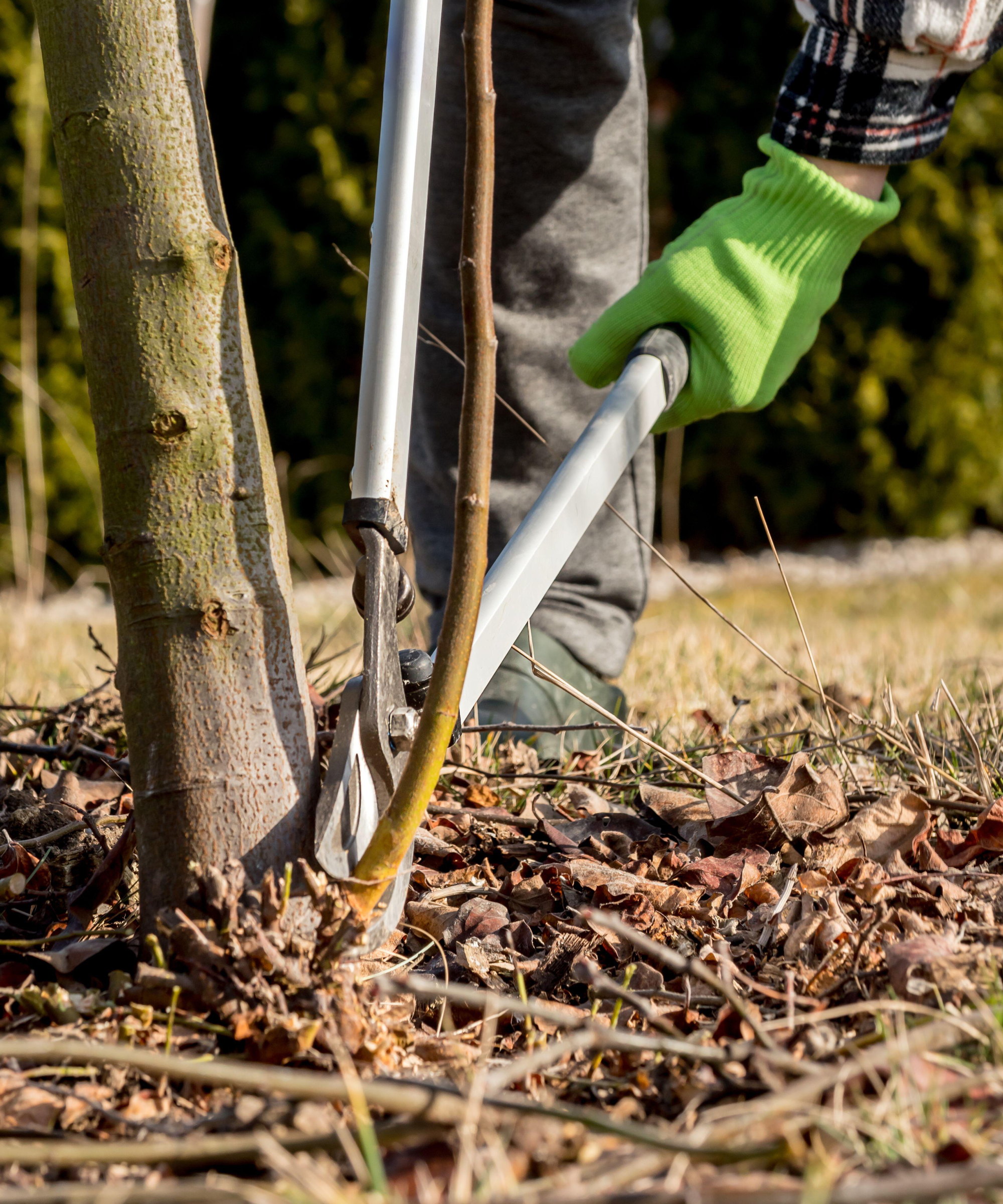
Trees to prune in October - these 7 are known to sucker prolifically
Here, we highlight seven trees renowned for being prone to suckering, including some that spread aggressively and need controlling. But all of them will benefit from having these suckers removed before they get too large. This guide also reveals the best pruning windows for each, along with when you should never prune these trees.
1. Lilac
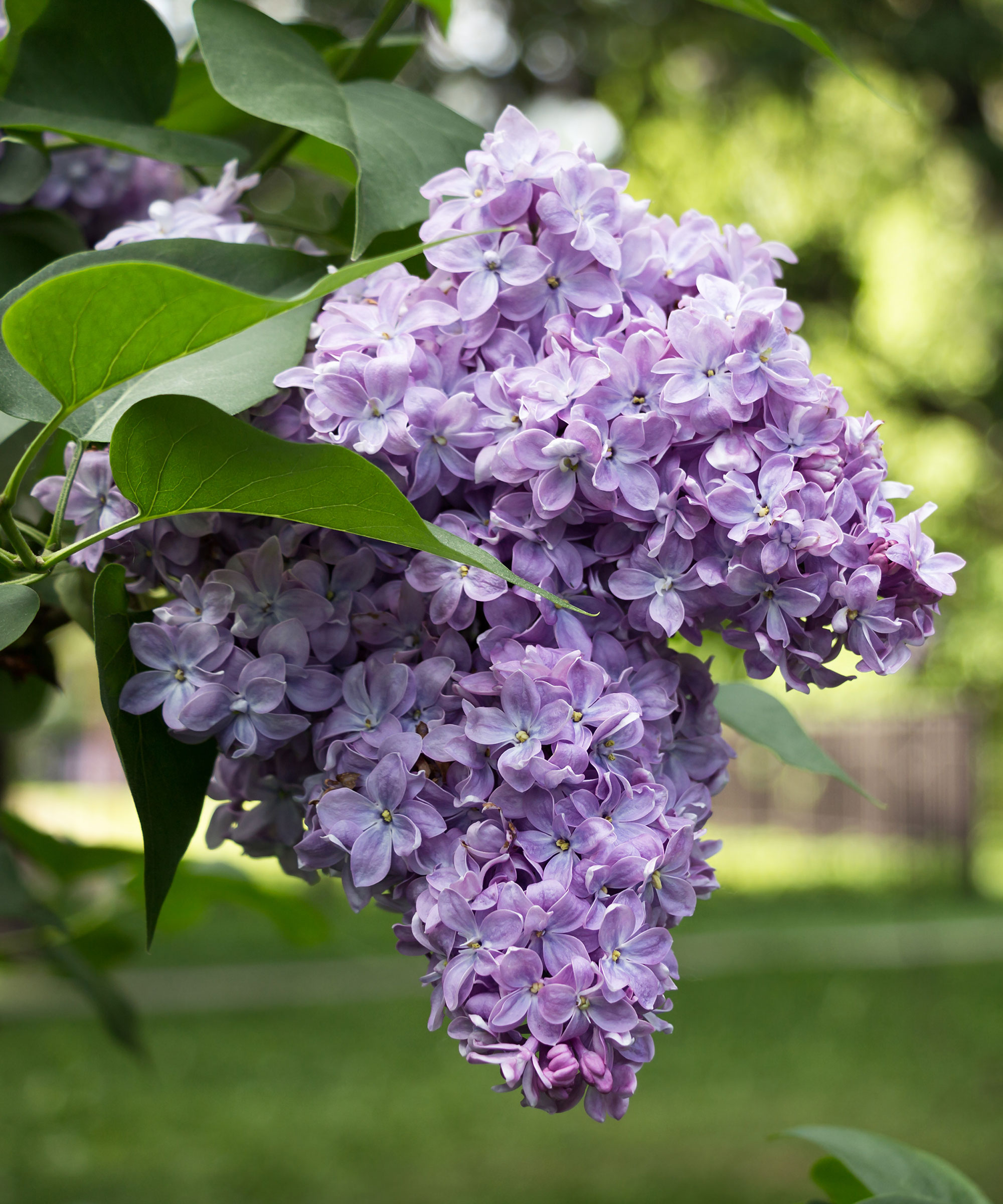
First on the list of trees to prune in October is lilac. It makes a stunning addition to any garden, with showy, fragrant blooms in shades of purple, pink, or white in spring and early summer.
There are many different varieties of lilacs to grow as part of your backyard ideas, but some varieties sucker more than others. In particular, common lilac (Syringa vulgaris) and early bloomers are notorious for suckering.
The suckers take energy away from the tree, and will become harder to remove when they get woody and harden over the winter.
Design expertise in your inbox – from inspiring decorating ideas and beautiful celebrity homes to practical gardening advice and shopping round-ups.
You prune lilacs after flowering, as trimming later in the year risks cutting off next year's flower buds. But you can cut off suckers this month – if you see them in the fall, remove them straight away. It is not a complete waste, though, as you can replant lilac suckers to grow new plants.
If you want to prevent suckers, you can use a 'sucker-stopper' product that inhibits sprouting. Like this Sucker Punch liquid, available at Amazon, which you apply to plants after pruning the area.
2. Dogwood
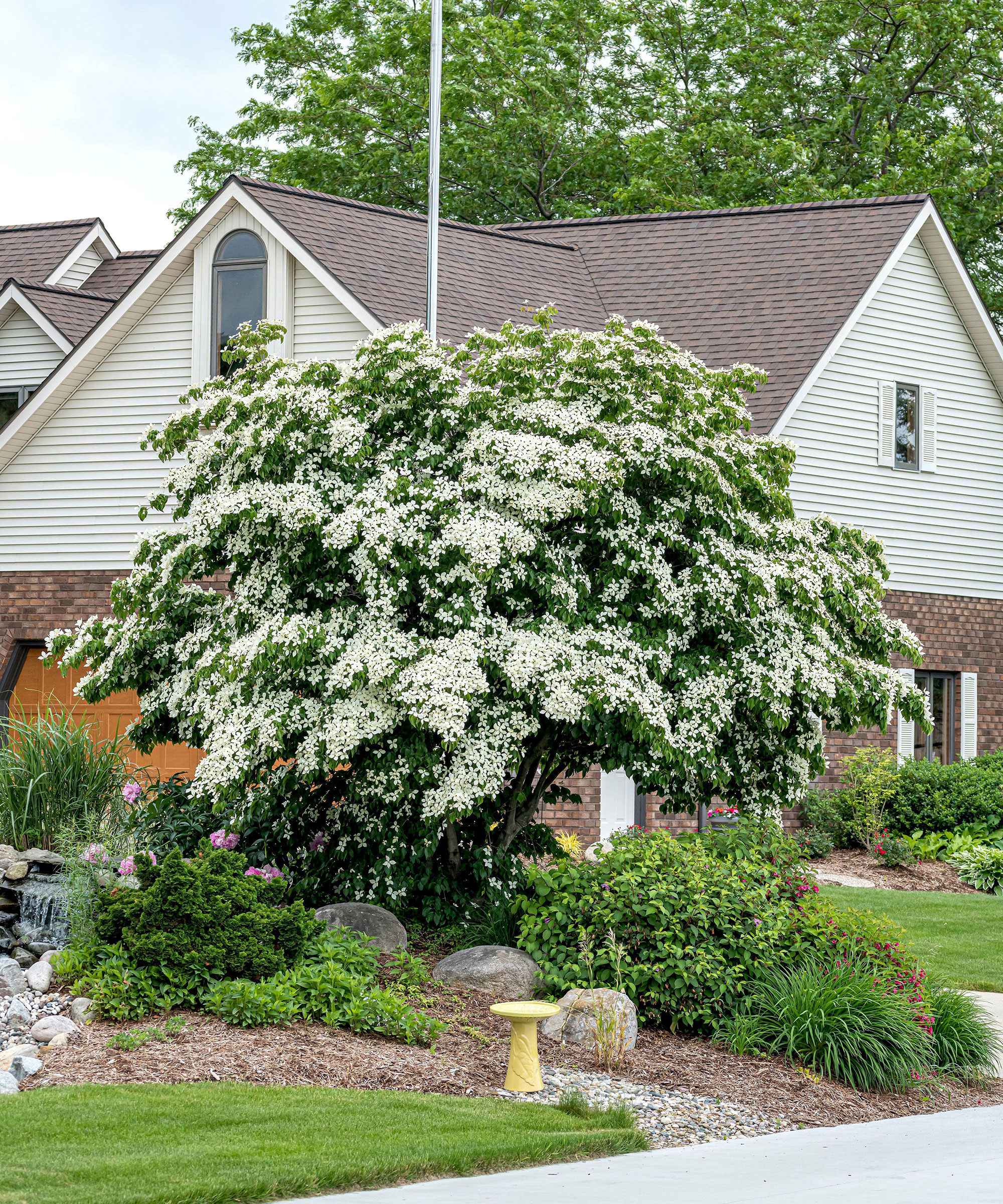
Cornus, or dogwood, is a genus of up to 60 species of trees and shrubs. There are types for flowers, foliage, and fruits, making it possible for a dogwood to suit any garden.
But dogwoods are prone to suckering. However, this is merely a small price to pay for growing these spectacular flowering trees.
Whether you have native dogwood trees like Cornus florida, Cornus alternifolia, or Cornus nuttallii, or the popular types like Cornus jousa, Cornus sanguinea or Cornus alba, it pays to remember to remove suckers when they are small.
October is not a good month to prune dogwood trees for shape. The best time is late winter, during dormancy, as the trees bleed sap when pruned during the growing season. However, you should remove suckers if you haven't already this year.
If these suckers are spouting from deep, such as through grass or in a flower bed, you do need to remove them as far back as possible. It is beneficial to scrape away the soil to reach the base of the sucker, where a sharp, durable tool like this small-handed spade at Walmart will come in useful.
3. Crabapple
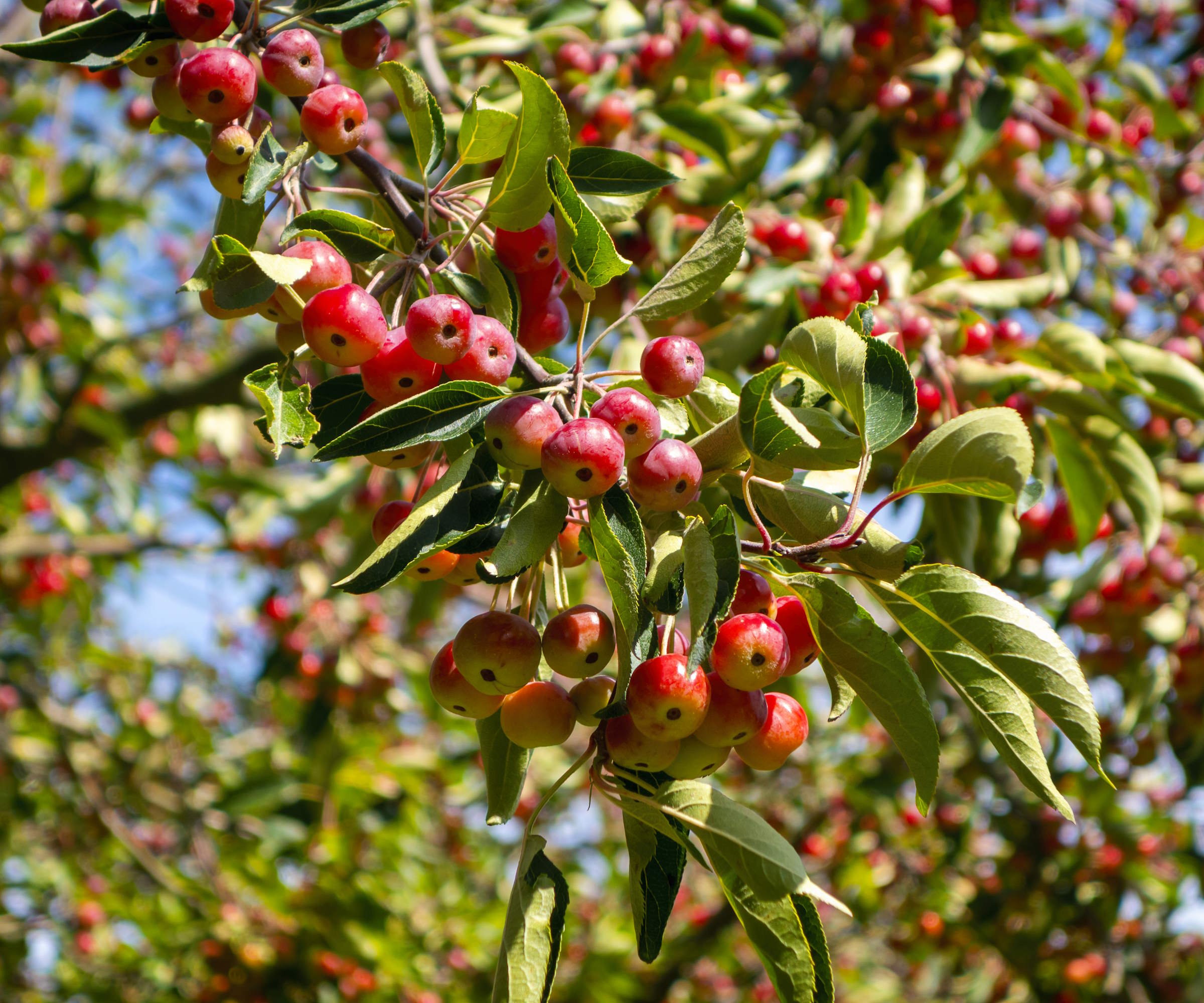
You can understand why so many people grow crabapple trees. The spring blossom, attractive foliage, and those beautiful small fruits come fall. You can plant crabapples for different color combos of flowers and fruits, and there are even dwarf varieties – meaning you can grow fruit trees in pots in smaller spaces.
Most crabapple trees that gardeners grow at home are grafted. It means the rootstock differs from the top, and it is often chosen to control the vigor or improve the hardiness of the tree. However, you will get suckers coming from the rootstock. These should be removed, as they take energy away from the rest of the tree and, if left, grow into a different type of tree.
Save major crabapple pruning until late winter or early spring. This month, take a moment to look for any dead branches, any damaged by fall storms, and suckers shooting up around the base of the tree.
Remove any of these with a sharp pruning tool this month to keep the plant healthy. Keeping your pruning tools clean and sharp is vital to preserving long-term plant health. It can be as simple as having a pocket-sized tool sharpener like this one at Amazon so you can sharpen your tools while out in the garden.
4. Plum
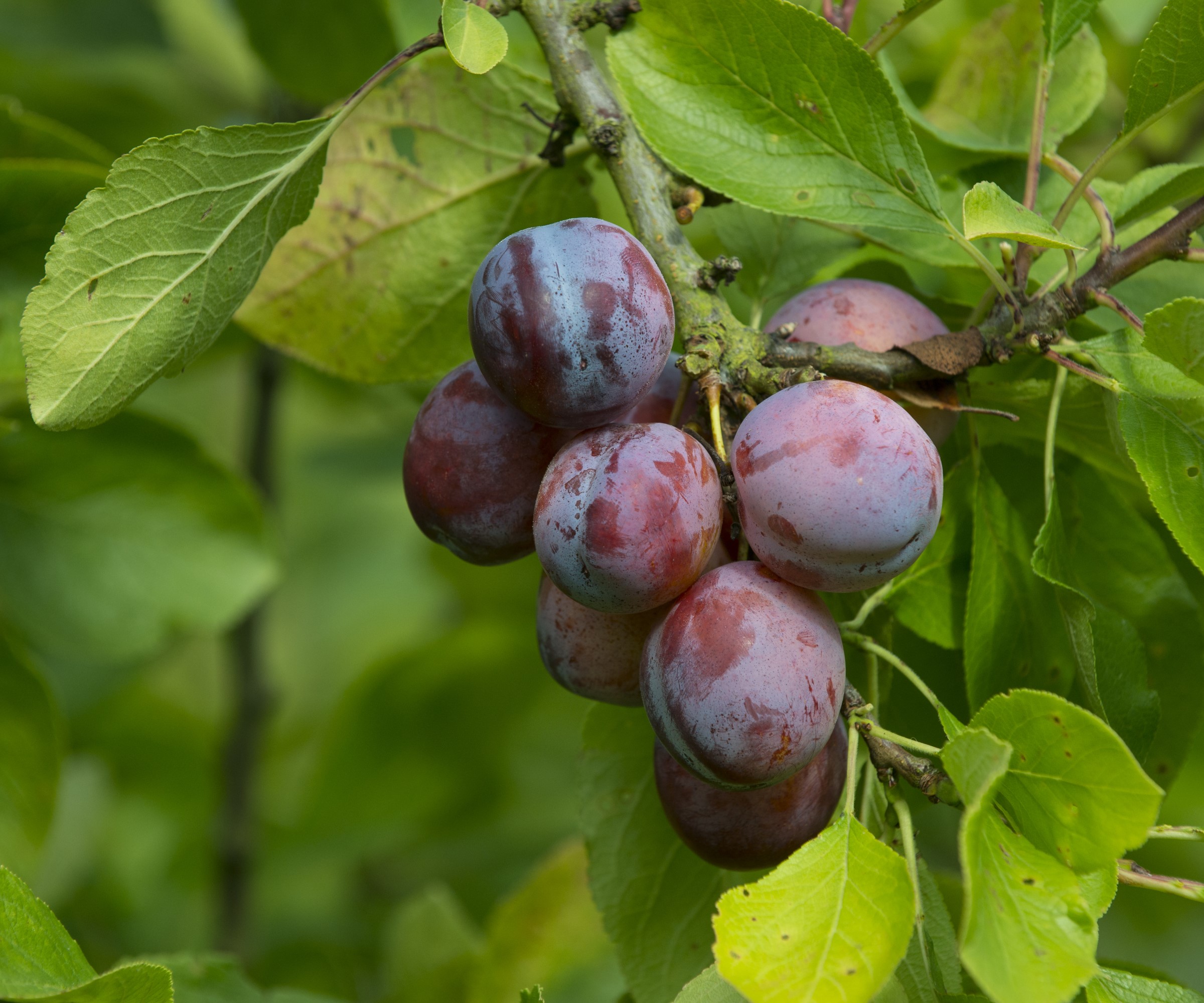
Plums can be one of the easiest fruit trees to grow, providing you with a delicious harvest of sweet fruits year after year. One thing that helps make them so simple is that they are grafted, which can be for various reasons. It may be for fruit quality, resistance to diseases, controlling their size, or to make a tree more suited to specific locations.
You may be unaware that the type of plum tree you are growing differs from the rootstock it is grafted to. But you should be, as the tree will sucker from below the graft union, and start developing stems that are different to the plum tree you planted.
It is always an issue that suckers are stronger and more vigorous, which is why you want to remove them as soon as possible. It can be quick and simple. But, left for too long, they can quickly get too large to remove with pruning shears and have sucked a lot of energy away from the main tree. And, if left for several seasons, it may be difficult to distinguish between the sucker and the original stem.
Knowing when to prune plum trees is important. They don't want to be pruned in late winter or early spring like other fruit trees; plums are trimmed in spring or early summer. Pruning plums at the same time as you do apples or pears leaves them susceptible to silver leaf or bacterial canker.
5. American hazelnut
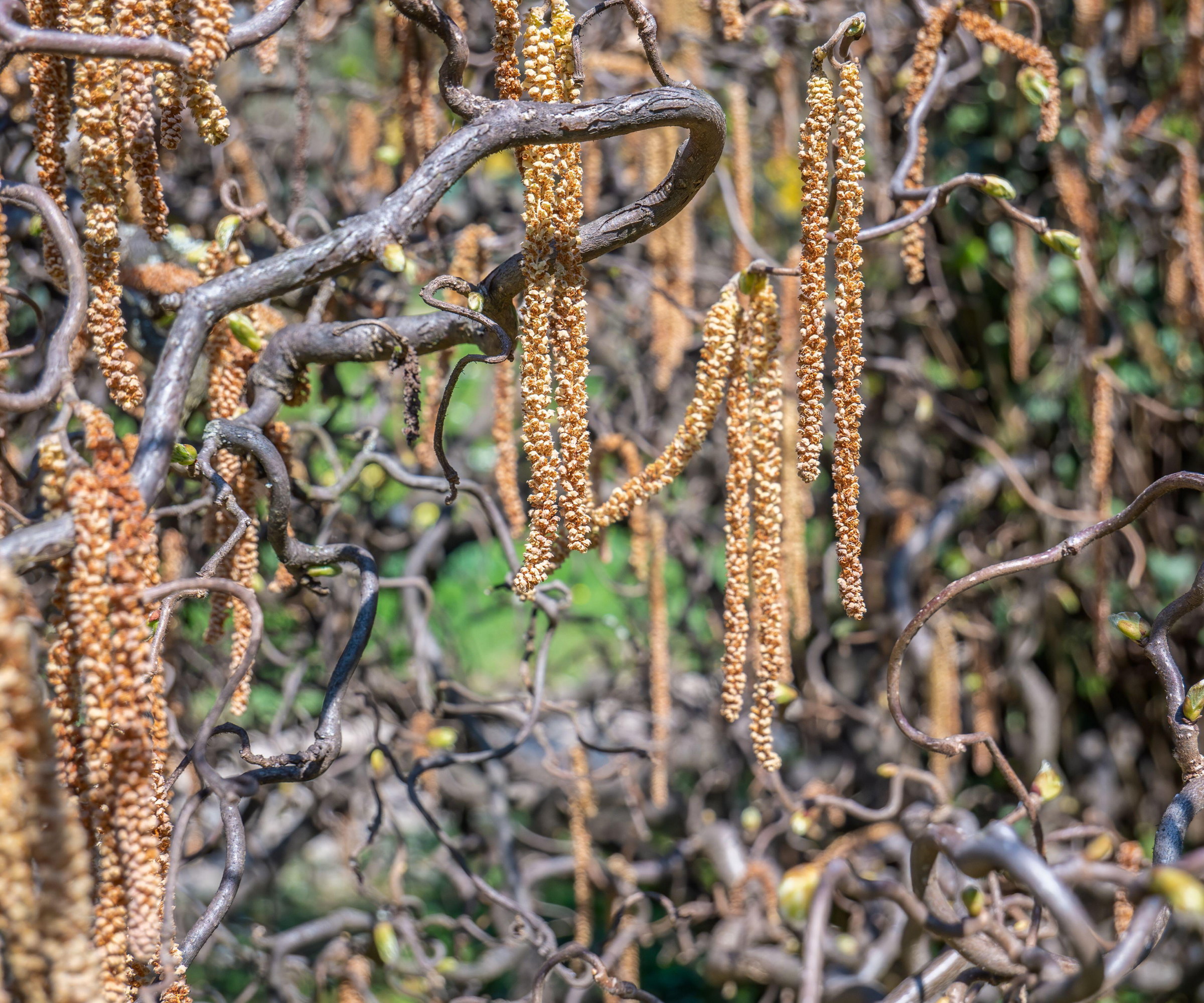
Corylus americana, the American hazelnut or American hazel, is a small deciduous, often multi-stemmed, tree that reaches up to 16 feet.
The tree can make an excellent addition to a wildlife garden. Its three-inch-long catkins are food for grouse and turkeys in spring, and its edible nuts are food for squirrels, deer, and woodpeckers.
The American hazelnut regularly sends suckers up from underground rhizomes. These are sent from as far as four inches under the surface, meaning you want to dig down as far as possible to remove these.
It is beneficial to prune these suckers away in the fall before they get a winter under their belts to harden off. Take a pair of clean and sharp pruning shears and cut the sucker as close to the base as possible.
If the sucker is more than half an inch wide, use a pair of loppers like these Fiskars steel blade garden bypass loppers at Amazon that can cut through stems up to 1.5 inches.
6. American elder
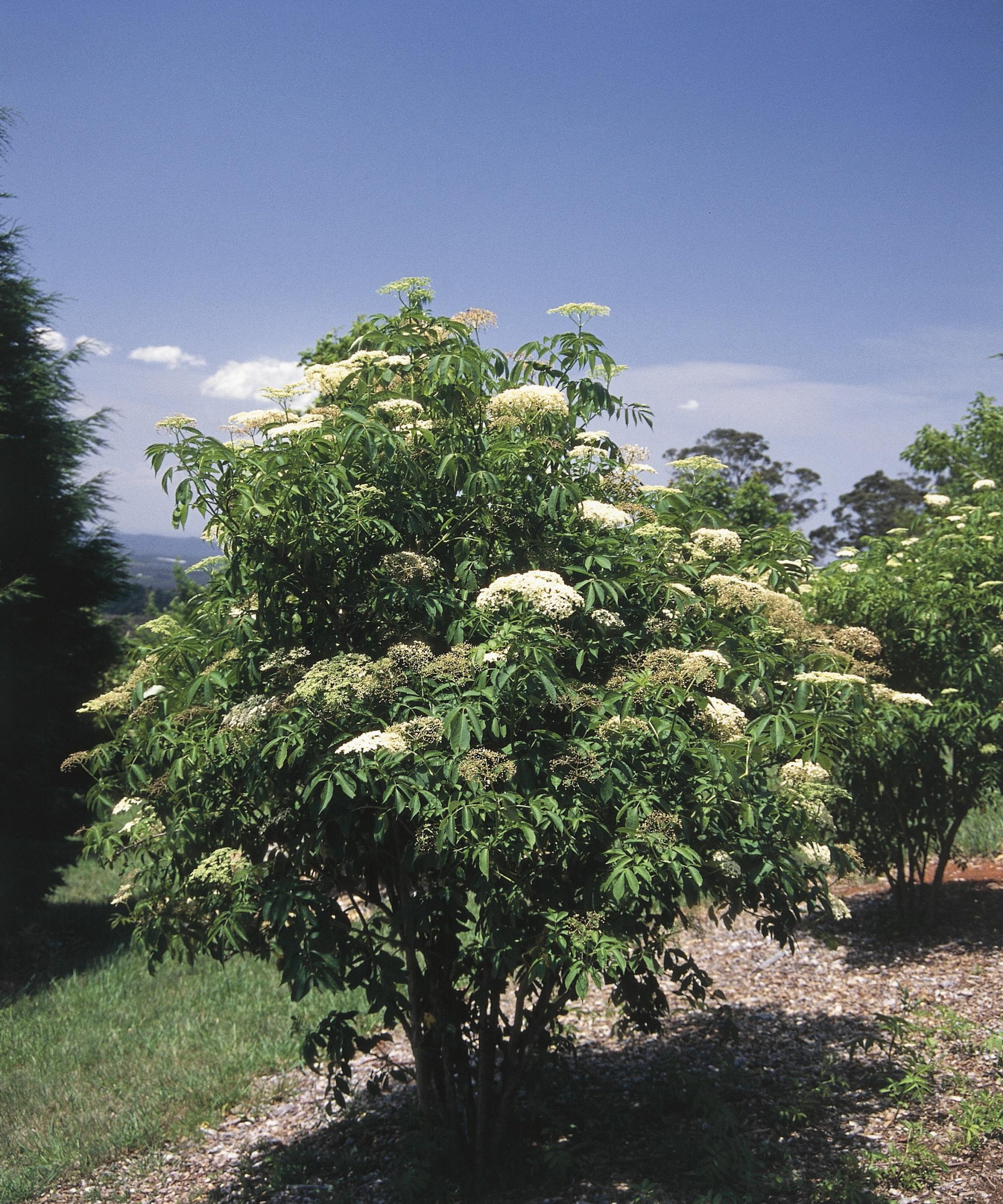
Sambucus canadensis, known as the American elder or American elderberry, is a native tree to eastern and central parts of North America. As an ornamental tree, it offers beauty with creamy spring flowers and dark, glossy fruits in the fall. These edible fruits can be used to make pies, jellies, preserves, or tea.
American elderberry is another fruiting shrub or small tree known for suckering. It can aggressively spread, but is not considered invasive. If you don't want the plant to spread in your garden, remove these suckers regularly, ideally do the job annually and add it to your spring or fall gardening checklist.
7. Staghorn sumac
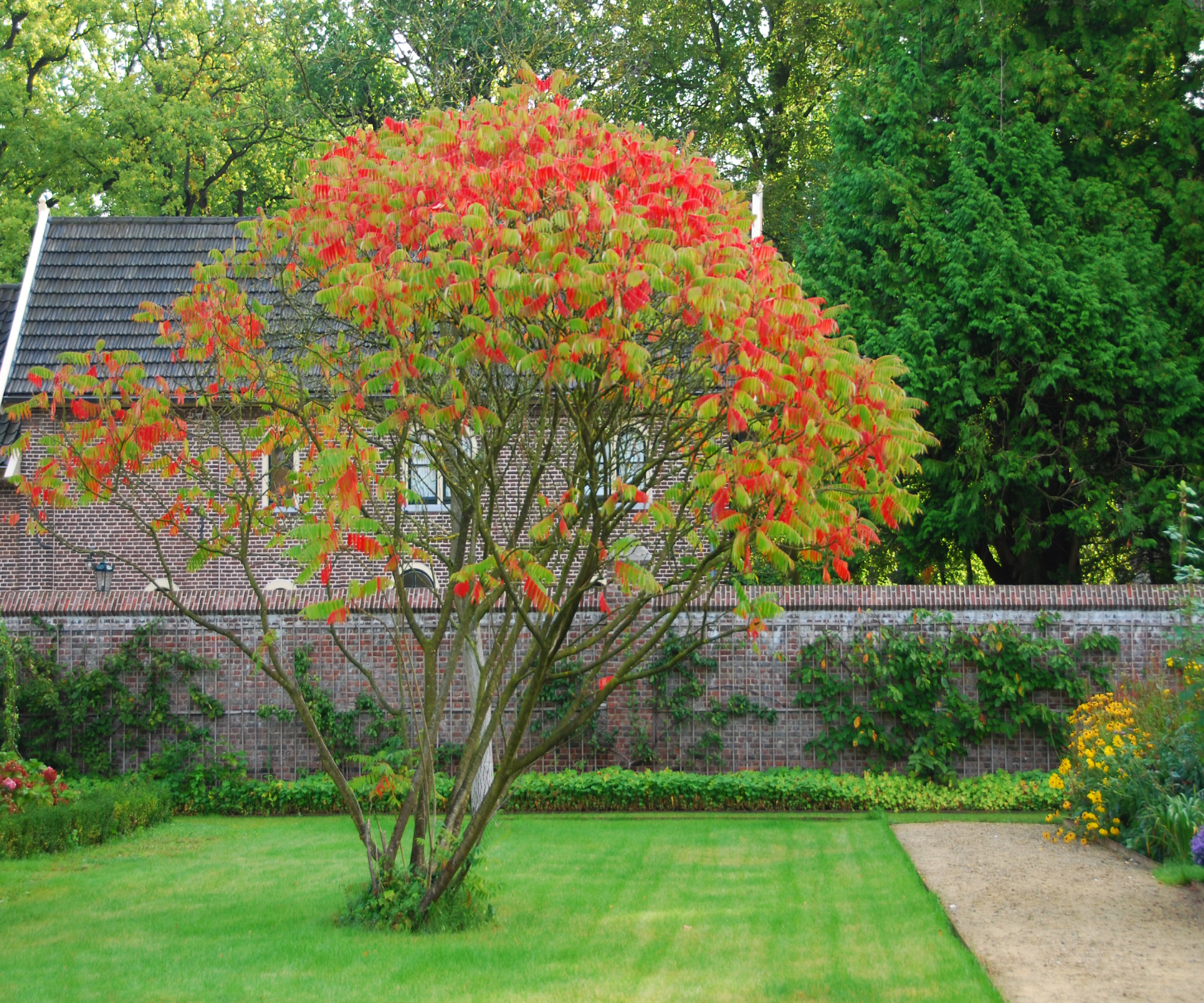
The staghorn sumac, Rhus typhina, is a troublesome tree. This deciduous tree is native to North America and has attractive foliage that turns stunning shades of red, orange and yellow in the fall.
Unfortunately, it is considered an invasive tree in many states due to its aggressive root system. It has a vigorous suckering habit that needs managing if you have one in your yard. Pruning and removing suckers are a prerequisite. It requires digging around the sucker to get its base and pulling it out with as many roots as possible.
To prevent the tree from spreading, you can dig a trench and install a protective barrier around your staghorn sumac, such as this bamboo shield barrier available from Amazon.
There may not be lots of trees to prune in October, but that doesn't mean there aren't lots of other highly effective gardening jobs to do this month. Aside from trees, this guide to plants to prune in October features hedges, shrubs, and perennials that will benefit from some TLC this month. You can also discover some perennials to divide in October if you want lots of new plants to add to your garden.

Drew has worked as a writer since 2008 and was also a professional gardener for many years. As a trained horticulturist, he worked in prestigious historic gardens, including Hanbury Hall and the world-famous Hidcote Manor Garden. He also spent time as a specialist kitchen gardener at Soho Farmhouse and Netherby Hall, where he grew vegetables, fruit, herbs, and cut flowers for restaurants. Drew has written for numerous print and online publications and is an allotment holder and garden blogger. He is shortlisted for the Digital Gardening Writer of the Year at the 2025 Garden Media Guild Awards.
You must confirm your public display name before commenting
Please logout and then login again, you will then be prompted to enter your display name.
